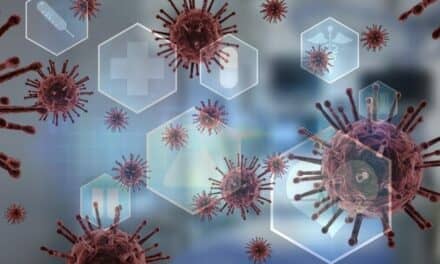Can you spot top health hazards in your hospital? And do you assist your emergency coordinator in conducting accurate hazard assessments?
As ECRI’s upcoming five-day course on environmental management certification approaches, I asked Luke Petrosa, MSc, HEM, HEM-CC, director, center for education & training at ECRI Institute, for one of his course’s best practices in risk management.
One of Petrosa’s top tips: Make assessments a full team effort. “Even if I’m the safety coordinator, I don’t know every nook and cranny and every procedure in the hospital,” he says. “But when I get in there, I talk to the supervisors and to clinical engineers themselves. I get a list of the chemicals they’re using, I watch what they’re doing physically with the equipment, and I look for things that could be hazardous to the fingers, and whether they should be looking for a heavier glove.”
In particular, biomeds can help point out hazards that may not be obvious to others. “In terms of biomeds and clinical engineers, you’ve got electrical, pneumatic, and hydraulic hazards,” Petrosa says. “You have to know what you’re doing—particularly in the case of a capacitor, for example, where it holds an energy charge even though the instrument may be unplugged. You could still be electrocuted and killed.”
Doubtless there are countless more hazards that biomeds encounter every day. Leave a comment and share with us some of the top hazards biomeds should be aware of, and what your hospital (and department) has done to assess and minimize these risks.



